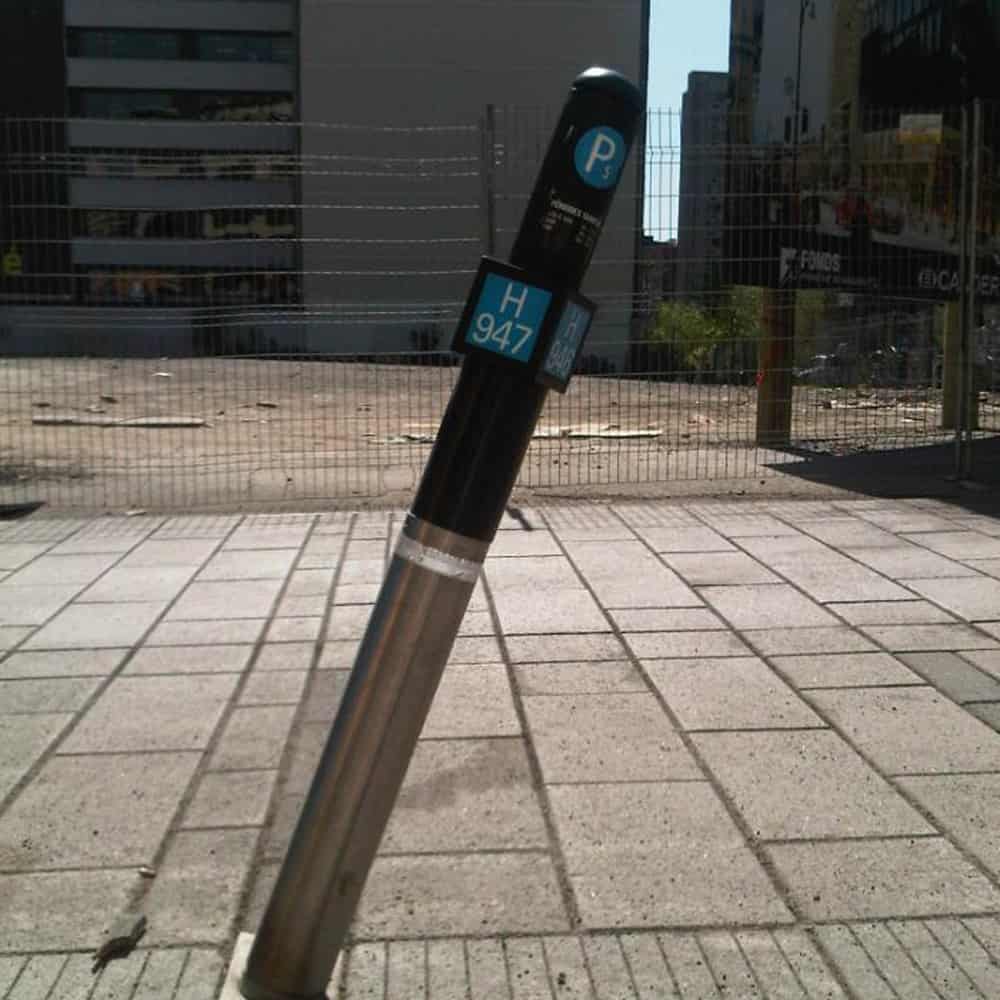Montreal


CHALLENGE
Modification of the preliminary design to improve the unit’s resistance
Lx Sim Expertise
Car bumper impact simulations, using the explicit module of the HyperWorks Radioss solver ;
Design and technical manufacturing drawings for the new concept ;
BENEFITS
Identification of maximum impact level and design validation using simulation: reduced timeline and costs in comparison to the physical trial approach
Lab trials reduced to one, thanks to preliminary validation using simulation: the problems were identified and solved during the CAD phase, before the prototype was built.
After the maker of the original bollards developed a pre-prototype for the fixed-flexible bollard, Lx Sim’s mandate was to fine-tune the design and get it ready for manufacture.
The first stage of the project was to determine the loading conditions required for the design validation. For this, the Lx Sim engineers started with the observed damage on the original bollards, which were reproduced using car bumper impact simulations in the explicit module of the HyperWorks Radioss solver. These reverse engineering calculations were used to identify the maximum impact received by the fixed bollards, which was reapplied to the preliminary fixed-flexible design for virtual testing.
The engineering team then modified the preliminary design to improve the unit’s resistance. Since the anchor bases were already installed in the Quartier des spectacles, they could not be changed. This was a challenge in itself, since, with the loadings used, certain components presented signs of failure in the simulations.
Thanks to the versatility of HyperWorks and its integration with the SolidWorks design software, the effect of the various design modifications could be tested very effectively using computer simulation. These validations when the design is still a 3D drawing quickly generated a design ready for the prototype phase. The Lx Sim team also produced all the technical drawings for the manufacture of the new design.

SHARING OUR EXPERTISE
The Lx Sim engineering team worked with Fabri-Métal by providing technical support in their workshops during the manufacture of the preliminary prototype of the fixed-flexible bollard. The first prototype was followed by four more, for field testing. The team also helped Fabri-Métal write the installation and maintenance manual for the new design.
Lx Sim also worked with the PMG Technologies testing lab, providing technical support for the laboratory validation of the first prototype, using the Canada Motor Vehicle Safety Standard (CMVSS) 215 “Bumper” testing facilities.
Results
Five of the fixed-flexible bollards have been being tested in the Quartier des spectacles for over six months. They are still operational and survived the winter with no signs of failure. Winter is a particularly difficult period for bollards due to the snow and the presence of ploughs.
Using simulation allowed the new bollard design to be developed by computer, before a physical prototype was built. This method limits trial-and-error testing to the design phase and reduces the number of prototypes and physical trials. Result: a shorter, less costly project that achieves the target performance.
The benefits of simulation are proven by the fact that the lab trials were limited to a single prototype, with only a few minor changes required before beginning the production of 20 fixed-flexible units.
